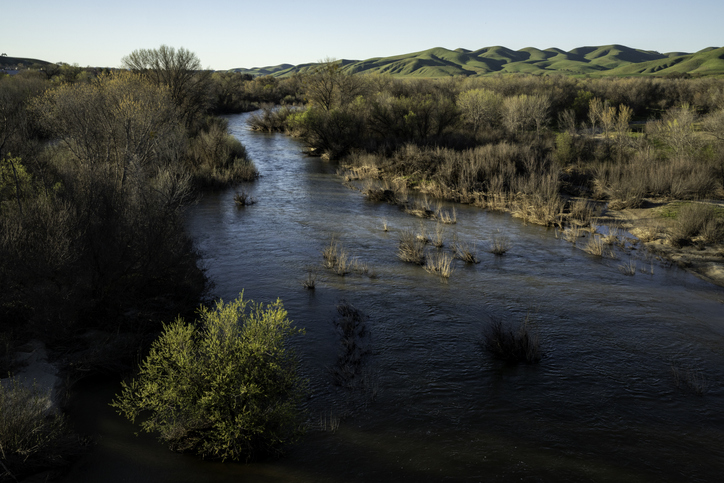River, Stream, Creek, or Brook?

Ahh – who doesn’t love the soothing sound of flowing water, especially when camping? But do you know if that gurgling water is a creek, stream, or river? There are no strict delineations, based on the flow, channel width, depth, etc. but there are some geologic definitions that can help clear up the confusion.
Rivers and streams are naturally flowing bodies of water running through the earth’s surface in a channel between opposite borders called the banks and a bottom surface called a bed. Rivers and streams flow to the ocean.
A creek on the other hand is defined as a natural stream of water normally smaller than and often a tributary to a river or stream. While a brook is like a stream but smaller and shallower.
Think about it like this: as a creek flows downhill it will merge into other creeks to form streams that continue the journey as they merge into other streams and that create rivers that eventually flow to the ocean as gravity pulls the water to lower elevations.
Along the journey, the water creates vital habitats for plants and animals. Hundreds of species are dependent on California’s waterways making the state’s free-flowing rivers all the more important to preserve as Wild and Scenic. This federal designation protects and preserves the river in its free-flowing state.
California’s rivers are some of the most developed in the nation with riverside deforestation, development, and dams adversely impacting water quality and destroying species. Today only about 1% of California’s rivers have received the Wild and Scenic designation. They include the Albion, Amargosa, American, Eel, Gualala, Klamath, Merced, Trinity, and Tuolumne.
If you are interested in learning more or protecting our waterways regardless of their designation, check out the following websites:








